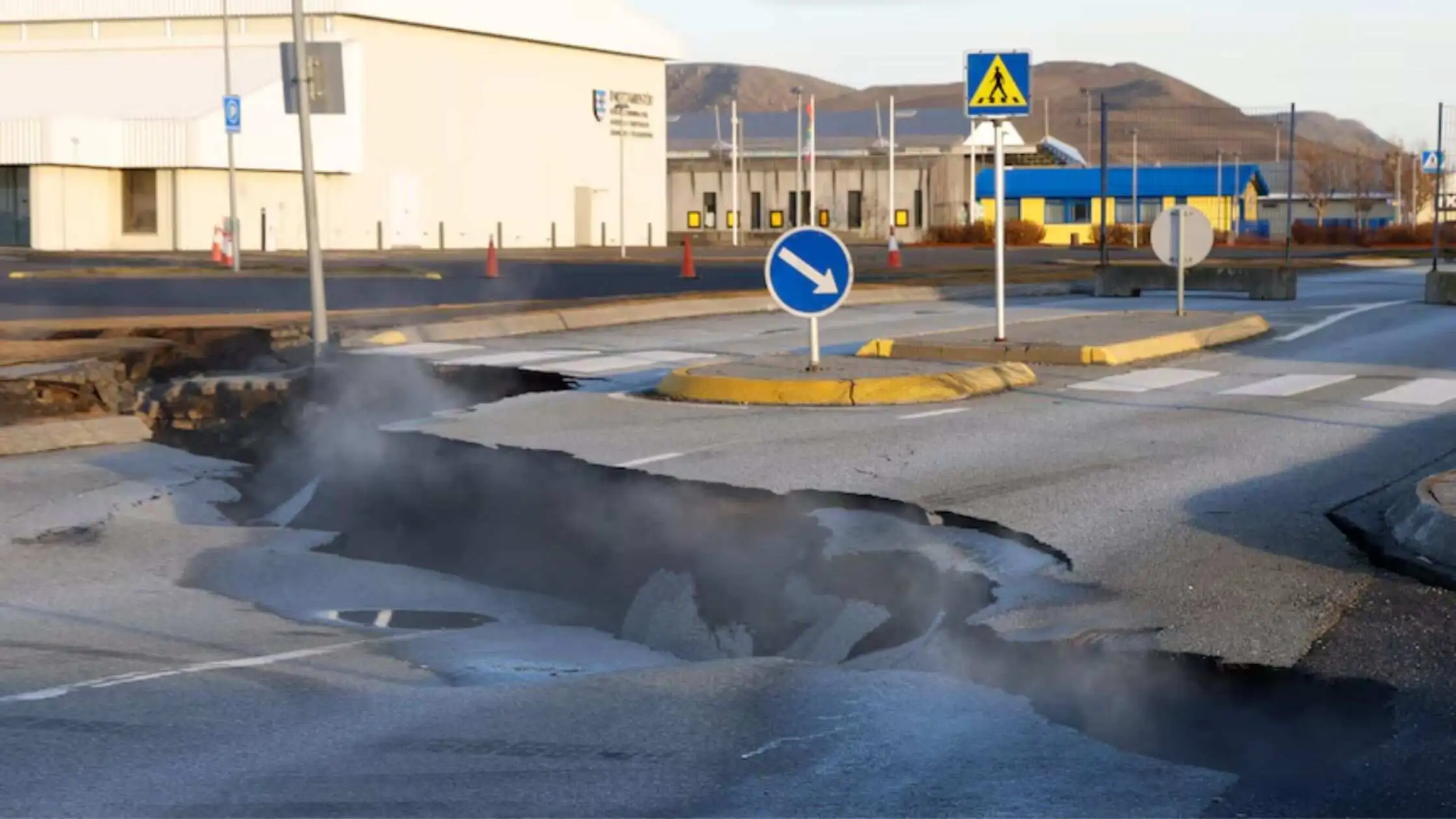In recent news, the small Icelandic town of Grindavik Evacuation has captured global attention due to a mandatory evacuation of all its 3,600 residents amidst escalating volcanic activity. This event has not only raised concerns about the immediate safety of the town’s inhabitants. Still, it has also sparked discussions about the long-term viability of living in such geologically active areas. In this article, we delve deep into the reasons behind the evacuation and explore the broader implications for both the residents of Grindavik Evacuation and communities worldwide facing similar challenges.
The Volcanic Threat: Unveiling Nature’s Fury
Iceland’s volcanic landscape, characterized by its stunning vistas and geological diversity, is also a constant reminder of nature’s unpredictable power. The recent surge in volcanic activity near Grindavik is a stark reminder of the inherent risks of inhabiting such regions. With volcanic eruptions posing immediate dangers such as lava flows, ash clouds, and toxic gases, the safety of residents becomes paramount, necessitating swift and decisive evacuation measures.
Grindavik Evacuation: A Closer Look
While prompted by concerns over volcanic activity, the evacuation of Grindavik is not an isolated incident. It highlights the delicate balance between human settlement and natural hazards. Understanding the specific factors leading to the evacuation is crucial for comprehending the broader implications for disaster preparedness and risk mitigation strategies.
- Geological Instability:
The region surrounding Grindavik Evacuation is known for its geological instability, which is characterized by frequent seismic activity and volcanic eruptions. The recent uptick in seismicity and volcanic unrest served as early warning signs, prompting authorities to initiate evacuation protocols to ensure the safety of residents.
- Risk Assessment:
Central to the decision-making process was a comprehensive risk assessment conducted by geologists and emergency management officials. This assessment considered various factors, including the magnitude of volcanic activity, potential hazards, and the town’s vulnerability to volcanic phenomena, ultimately determining that evacuation was necessary to mitigate risks effectively.
- Community Response:
The successful execution of the evacuation relied heavily on the cooperation and resilience of the Grindavik Evacuation community. Prompt information dissemination, robust communication channels, and coordinated evacuation efforts were instrumental in ensuring the safe departure of residents to designated shelters and relocation centers.
The Aftermath: Assessing the Impact
As the residents of Grindavik grapple with the aftermath of the evacuation, attention shifts towards assessing the short and long-term impact on the community, infrastructure, and economy. While the immediate focus remains on ensuring the well-being of evacuees and preventing further harm, discussions are underway regarding the future of Grindavik and the viability of resettlement in the face of ongoing volcanic activity.
- Infrastructure Damage:
The volcanic eruption may have caused significant damage to infrastructure, including roads, buildings, and utilities. Assessing the extent of this damage is essential for prioritizing recovery efforts and rebuilding resilient infrastructure capable of withstanding future volcanic events.
- Environmental Consequences:
Beyond immediate threats to human safety, volcanic eruptions can have far-reaching environmental consequences, including soil contamination, water pollution, and disruption of ecosystems. Mitigating these environmental impacts will be crucial for restoring the ecological balance and safeguarding the region’s natural resources.
- Socio-Economic Resilience:
The resilience of the Grindavik community in the face of adversity will be tested in the days and weeks to come. Support mechanisms from government agencies and humanitarian organizations will play a vital role in facilitating recovery and fostering socio-economic resilience among affected residents.








